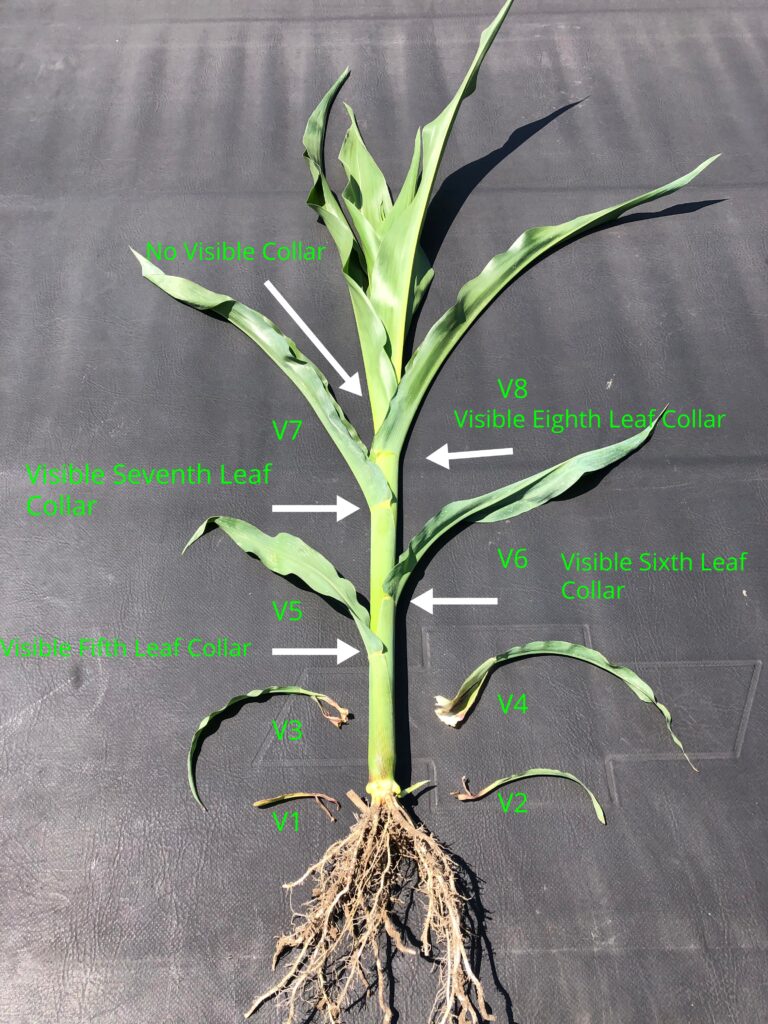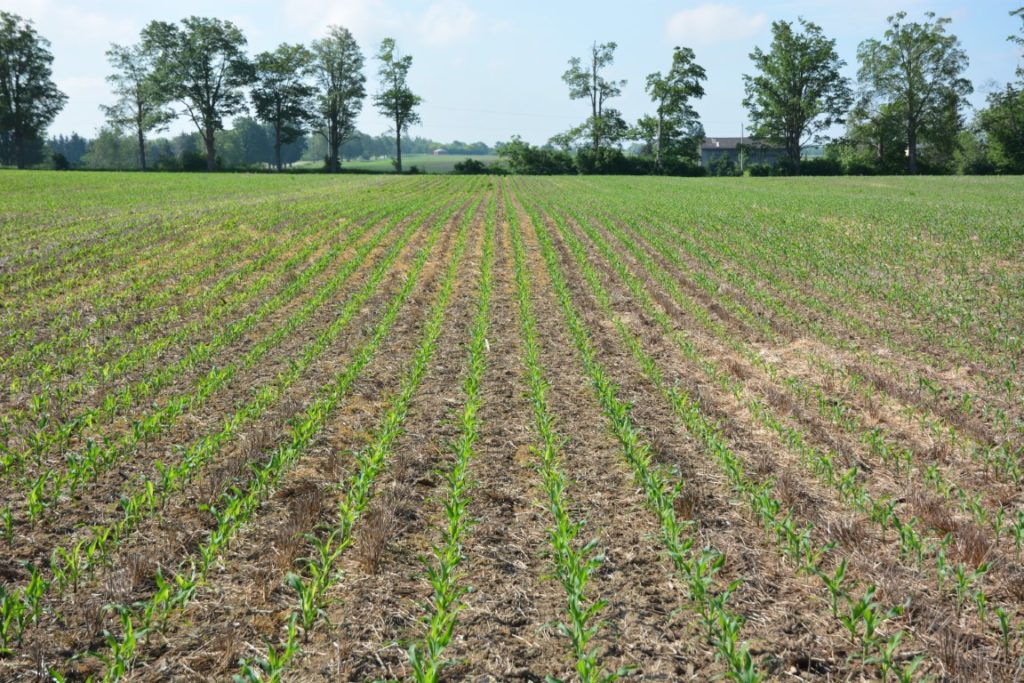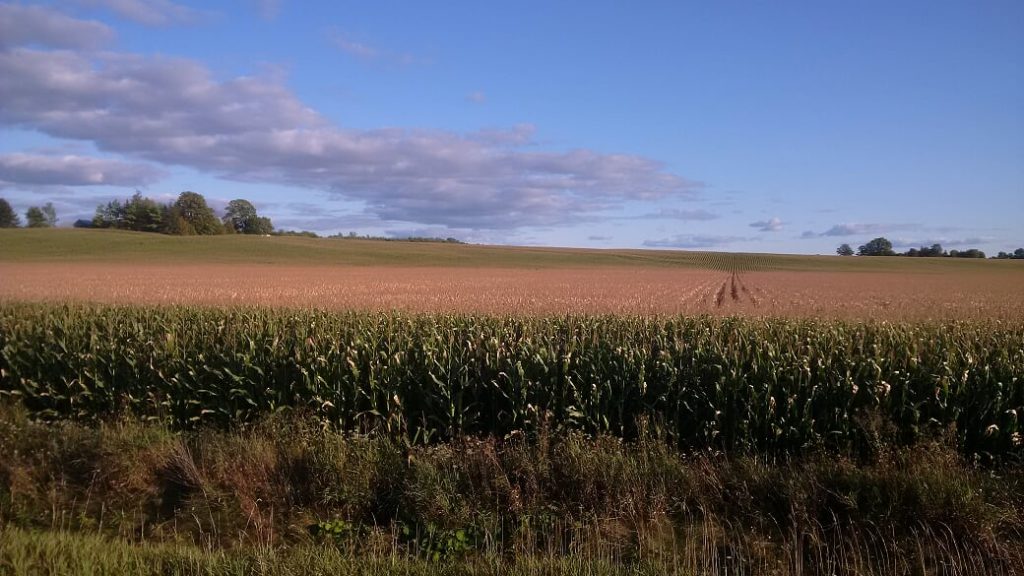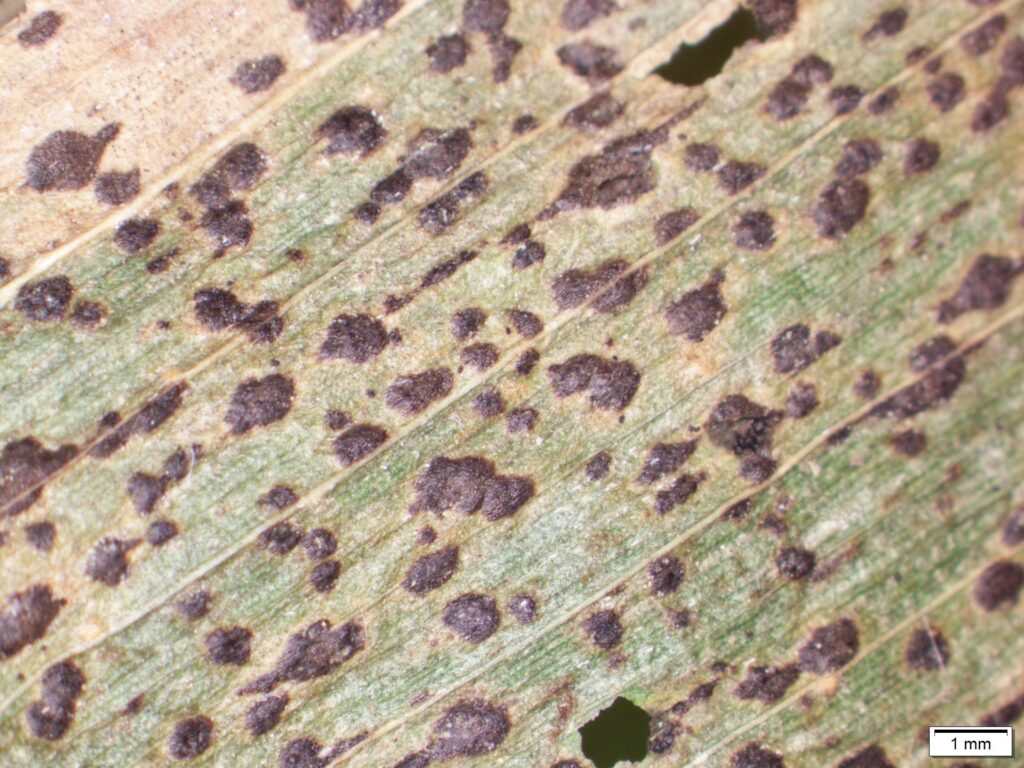Agronomy Guide For Field Crops – Corn – Emergence and Spacing Uniformity, Replant Decisions
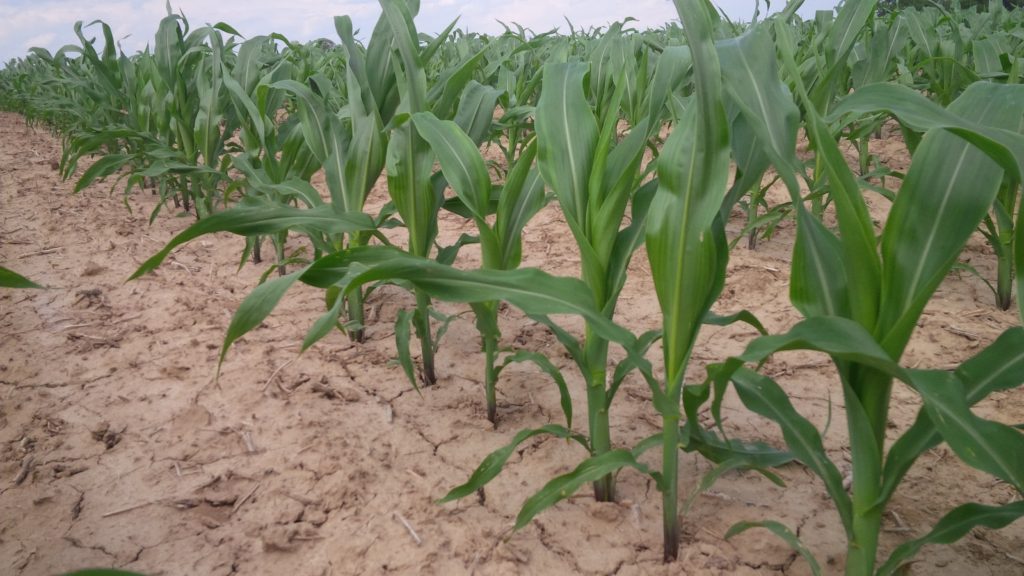
Uniformity of Emergence Uniform seeding depth is a critical factor in achieving uniform emergence. Uneven emergence affects crop performance, because competition from larger, early-emerging plants reduces the yield potential of smaller, later-emerging plants. Yields can be reduced by 5% when half the stand suffers from a 7-day delay in emergence and by 12% when half […]
